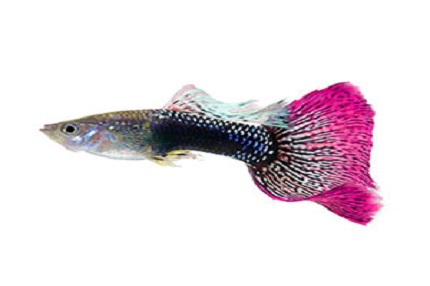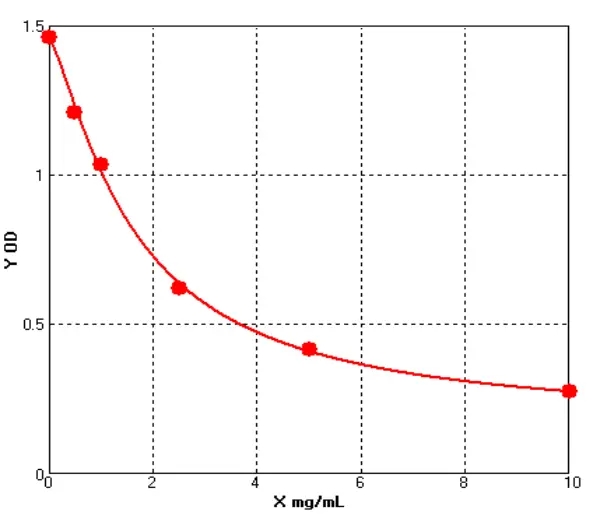Search ELISA Kits
Hamster ELISA Kits Types
-
Hamster Total Adiponectin ELISA kit (E18A0125)MANUAL
Cat. No.: E18A0125
Detection Range: 1.0-25ng/ml
Reactivity: Hamster
Sensitivity: 0.1ng/mL
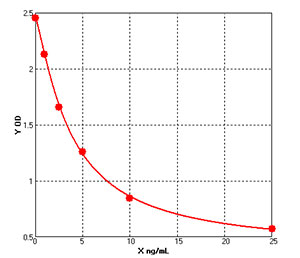
-
Hamster Insulin ELISA kit (E18I0004)MANUAL
Cat. No.: E18I0004
Detection Range: 0.5-10ng/ml
Reactivity: Hamster
Sensitivity: 0.1ng/ml
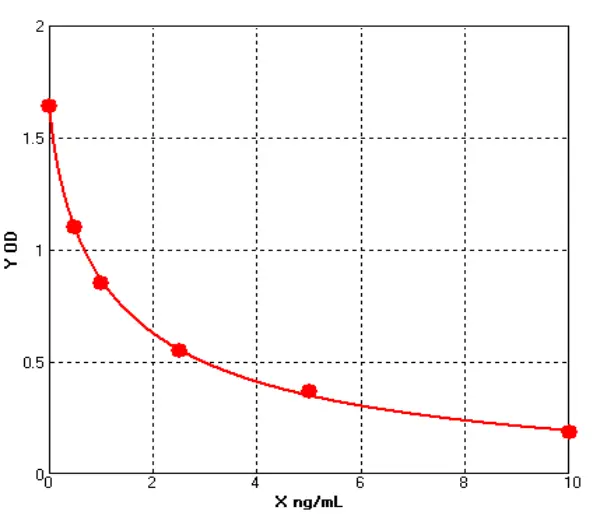
-
Hamster Leptin ELISA kit (E18L0038)MANUAL
Cat. No.: E18L0038
Detection Range: 0.5-10ng/ml
Reactivity: Hamster
Sensitivity: 0.1ng/ml

-
Hamster Interleukin 1β ELISA kit (E18I0010)MANUAL
Cat. No.: E18I0010
Detection Range: 50-1000pg/ml
Reactivity: Hamster
Sensitivity: 1.0pg/ml
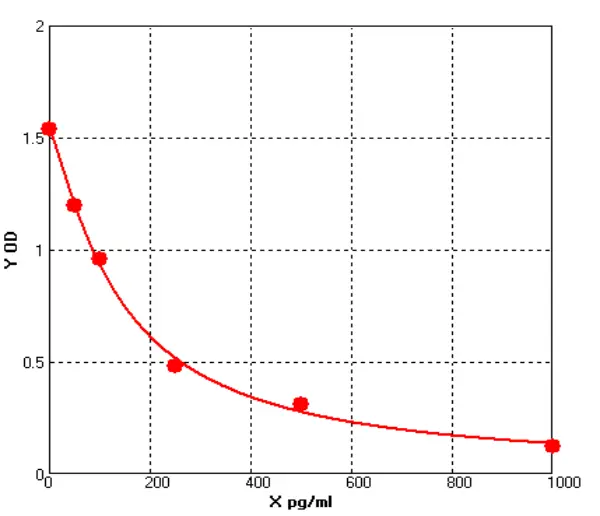
-
Hamster Tumor Necrosis Factor Alpha ELISA kit (E18T0008)MANUAL
Cat. No.: E18T0008
Detection Range: 50-1000pg/ml
Reactivity: Hamster
Sensitivity: 1.0pg/ml

-
Hamster Interleukin 10 ELISA kit (E18I0023)MANUAL
Cat. No.: E18I0023
Detection Range: 50-1000pg/ml
Reactivity: Hamster
Sensitivity: 1.0pg/ml

How to Distinguish Rats, Mice, Guinea Pigs, Hamsters?
Rats are one of the rodents. They are larger than mice and are characterized by blunt mouths and long and thick tails. The two most common rat species include black rats and brown rats. 21 chromosomes, the pups mature within 6-8 weeks. The mouse evolved from the house mouse. It is small. The experimental mouse has a tail and 20 pairs of chromosomes. The pups mature within 9-13 weeks. Guinea pigs are larger in rodents, weighing around 700 to 1200g, with a body length of 20 to 25cm and no tail. The head is large, which size is one-third of the body. The eyes are big and round, and the ears are short and close to the head. The hamster is short and thick, weighing 30 to 1000 grams. The tail is 7 to 106 mm long, usually half the body length, scaleless, and covered with thick hair.
What Are the Advantages of Hamsters As Experimental Animals?
The Chinese hamster is an experimental animal with Chinese characteristics, which plays an important role in medical and biological research. For example, Meier conducted pathological studies on various organs of Chinese hamsters with spontaneous and hereditary diabetes. Shuhua Sun found that the sugar metabolism and protein metabolism were abnormal in the spontaneous T2DM Chinese hamster study of blood electrolyte content, blood glucose metabolism index content, six indexes of blood-related enzymes, and total protein content. It shows that the Chinese hamster is an ideal animal model. It is widely used in life science research such as genetics, infectious disease, and tissue culture, especially in animal models and mechanism research such as diabetes and oral cancer.


